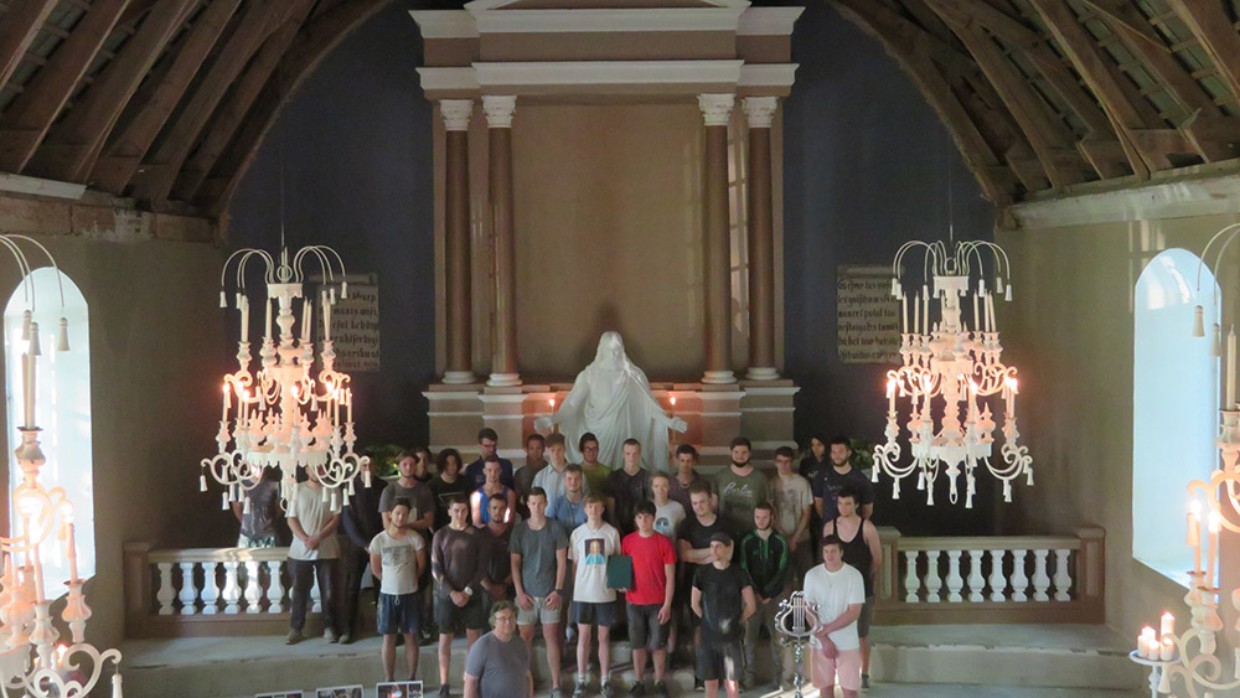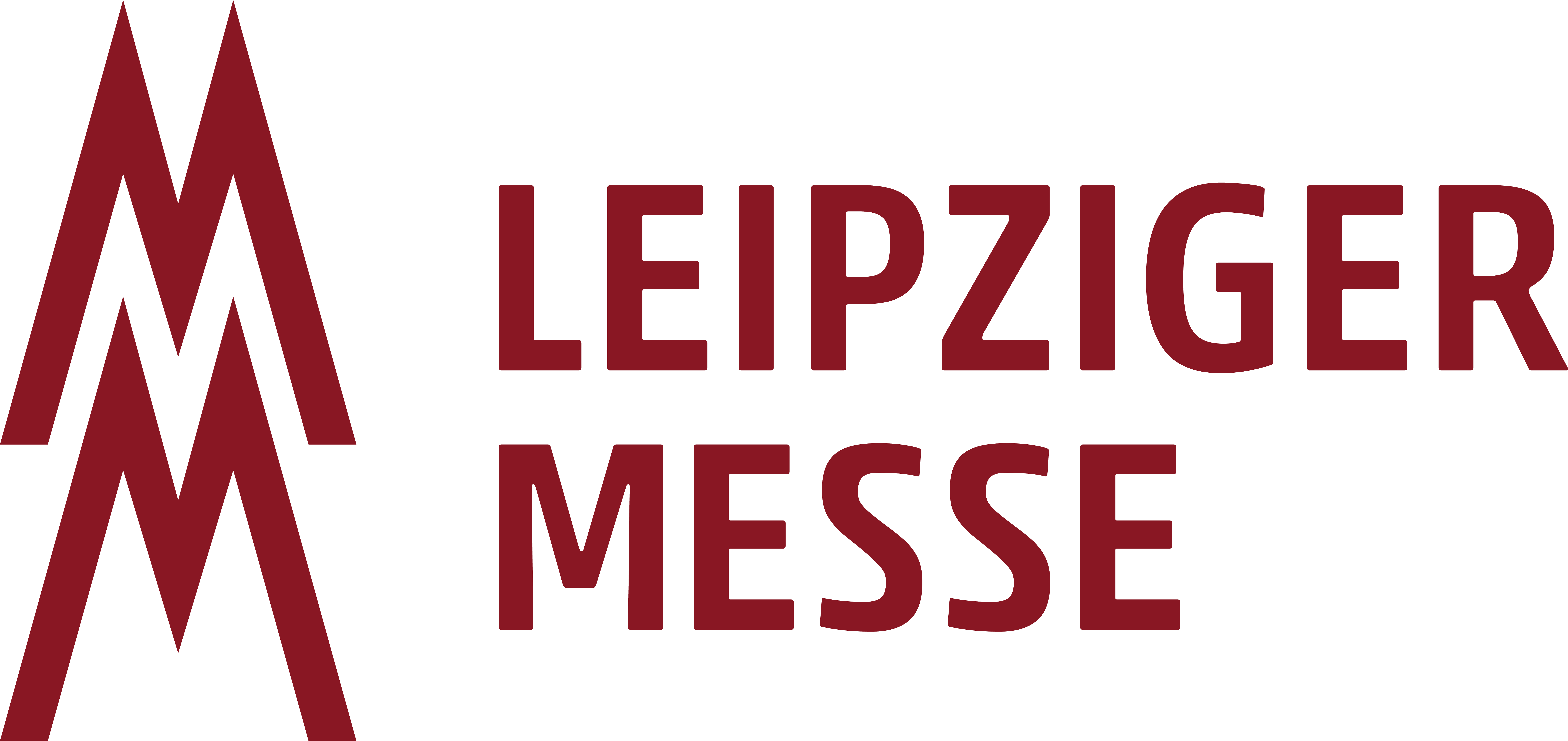News
News
Riga Art and Media Technical School: Learning How to Rescue Churches
A unique, modern take on historical preservation work is enjoying growing popularity in Latvia. In major projects, groups of young students are breathing new life into old and partly destroyed churches. The concept promoted by the Riga Art and Media Technical School is taking off and increasing its footprint. The school will be presenting true masterpieces at denkmal 2022.
When Ojars Sparitis talks about the church renovation projects carried out by the former trade school in Riga (today's Art and Media Technical School), he simply brims with excitement. The professor at the Latvian Art Academy is visibly proud as he presents chandeliers, pews, altars and sculptures that have been hand-made in exquisite detail and installed in old churches. The ornaments and furnishings suggest decades of experience – yet they are the work of young students. During their training at the Technical School, these aspiring artisans learn what it means to work independently and on large-scale projects. In 1997, Latvian congregations began commissioning the school to renovate or completely redesign the interiors of their churches and chapels. Ojars Sparitis, who lends his services as a consultant and critic, provides expert assessments of the students' architectural drawings which they need to finish early in the school year – after all, they don't have a lot of time.
The school selects its projects when the academic year begins in September – sometimes they only have one church per year and sometimes they work on multiple large and small projects in parallel. Thanks to its outstanding reputation, the school can now pick and choose its projects. In October, students in their final year of studies plan the new interior and independently determine how many assistants they are going to need. The assistants are themselves all students in ninth grade or higher with younger students assigned to simple carpentry work and older students responsible for more complex designs, sculptures and planning. Depending on the need, 10 to 15 students might work on a project – up to 30 may even be engaged for larger ensembles. Everything is assembled and prepared in Riga during the school year. The community provides the materials needed for renovating their church, and to this end, the school has established a large network of cooperation partners throughout the entire country.
The push begins in earnest shortly before the academic year ends in summer. Lorries are filled to overflowing with individual finished pieces, and the students move to the work site for a few days. For the communities involved, that also means providing moral support, as happened in the tiny village of Ihlen, southwest of the capital Riga. The church there had been destroyed and rebuilt multiple times, ending up a ruin after the second world war and used for years by the Soviets as a storage facility. A choir director discovered the structure in 2020 and resolved to revive the building.
Ojars Sparitis put him in contact with the Technical School. When students began the installation work in the summer, local residents provided the young people with soup and good cheer. After an exhausting week, the students finally unveiled their work to reveal functional, solid-wood pews, brilliant chandeliers, a sturdy altar with three steps for choir members and a concrete statue of Christ so heavy a crane will be needed to lift it into place. That job is scheduled for when the roof is renovated later this year – work on the financing is already underway.
What for some of the Riga students was their final project for completing their leaving exams is for Sparitis further proof of the outstanding craftsmanship that the Technical School teaches its students – craftsmanship that, the professor is certain, would be well-received in Germany as well. He dreams of an exchange programme with German vocational schools and sees denkmal in Leipzig as an ideal opportunity to establish important contacts. The former trade school will be exhibiting its entire curriculum there, which encompasses photography, videography, animation, fabric design and metalworking. In addition to impeccable furnishings, the school will also display a massive grandfather clock with wooden gears and a transparent dial. According to Sparitis, however, the impact of this leading European trade fair will be far greater than that. Given the current political situation, the art historian sees greater potential for establishing alliances within Europe. This collective strength could unleash new energies, and harnessing these will require trade fairs like denkmal, Sparitis feels.





